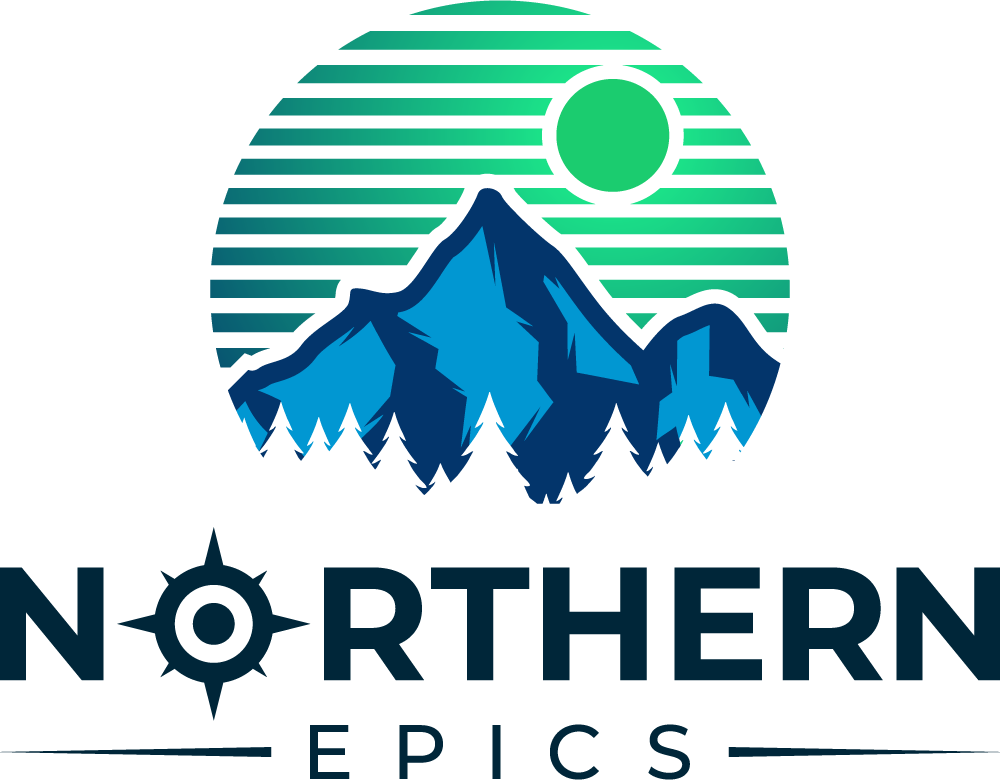An Introduction to One of the Coolest Trees in Denali
Denali National Park is home to lots of intriguing and complex flora and fauna, and perhaps none more so than the quaking aspen tree, the most widely distributed tree species native to North America. Aspen trees in Alaska are fascinating. The quaking aspen is named for its flat leaves, which are attached to their branches by long stalks called petioles, that make the leaves tremble and quake in a light breeze, giving the tree its name. The bark is thin and white in the lower forty-eight states, but aspen trees in Alaska take on more of a greenish hue. This is due to the fact that quaking aspens produce a white powder on their bark that they use for sunscreen. Sunburns can be catastrophic for trees at lower latitudes, but in Alaska they aren’t nearly as much of a problem, and so the trees appear more green, often with white splotches on the southern side of the tree. Another telltale sign of an aspen is the black eye-like marks where branches have fallen off or the bark was otherwise scarred. They have an average mature height of 20-40 feet, and trunk diameter of 3-12 inches. That sounds like a pretty normal tree, albeit somewhat enchanting in a light breeze, so what makes the quaking aspen’s size so unique?
The most massive living organism on earth is a quaking aspen. What? Yes. It’s not a California redwood, blue whale, or even some random honey mushroom in eastern Oregon. The quaking aspen in question is named Pando, and is located in Utah, in the Fish Lake National Forest. It spans 106 acres, and is estimated to weigh nearly 13 MILLION pounds. That’s a lot more weight and acreage than one would expect from a tree whose average trunk diameter is 3-12 inches. In fact, Pando, as well as many, many other quaking aspens, is composed of multiple trunks, and to the naked eye looks like multiple trees.
Bear with me as I explain. While aspens in Alaska and elsewhere can reproduce via pollen and eggs, resulting in separate new trees, they will more often reproduce asexually, sending up new stems from the same root system. This collection of stems connected to the same root system is a structure called a clone, and is all one living tree structure. So while Pando and other quaking aspen systems can look like a forest, they are, in fact, just one structure with many, many stems. In the case of Pando, over 47,000 stems. Because these clones can share nutrients with each other through their roots, they can survive things that would normally kill other trees. This is a very important attribute for them in Denali, due to another unique adaptation that they have developed.
The adaptation in question allows aspen trees in Alaska to photosynthesize through their bark. This can allow them to create more nutrients for themselves while other trees hunker down for the winter, but it also means that their bark is far more nutrient rich than that of other trees. During hard winters, the moose in Denali frequently resort to eating the bark of the quaking aspen to receive the sugars they need to make it to the summer. For most trees, this would be a death sentence. Fortunately, quaking aspens are not most trees. In fact, with their clever nutrient distribution throughout their root network, they hardly seem to mind! Another advantage of this root network shows its face in the case of wildfires. Aspen forests are much faster to come back from a wildfire than other trees, and it’s all due to this root network. Because the fires generally leave the roots somewhat whole, aspen groves can use the nutrients from any unburned stems to spring up fresh sprouts from the old roots. For aspen trees in Alaska, this means that they are better prepared for the wildfires that end up tearing through the state every summer.
I hope you think that quaking aspens in Alaska are as cool as I do, and I hope to see you on one of our naturalist-guided tours in Denali soon! If you think quaking aspens are neat, just wait until you learn about mycorrhizal relationships, spruce trees, permafrost, monks hood, caribou, and so, so many more fascinating topics covered on our tours!

